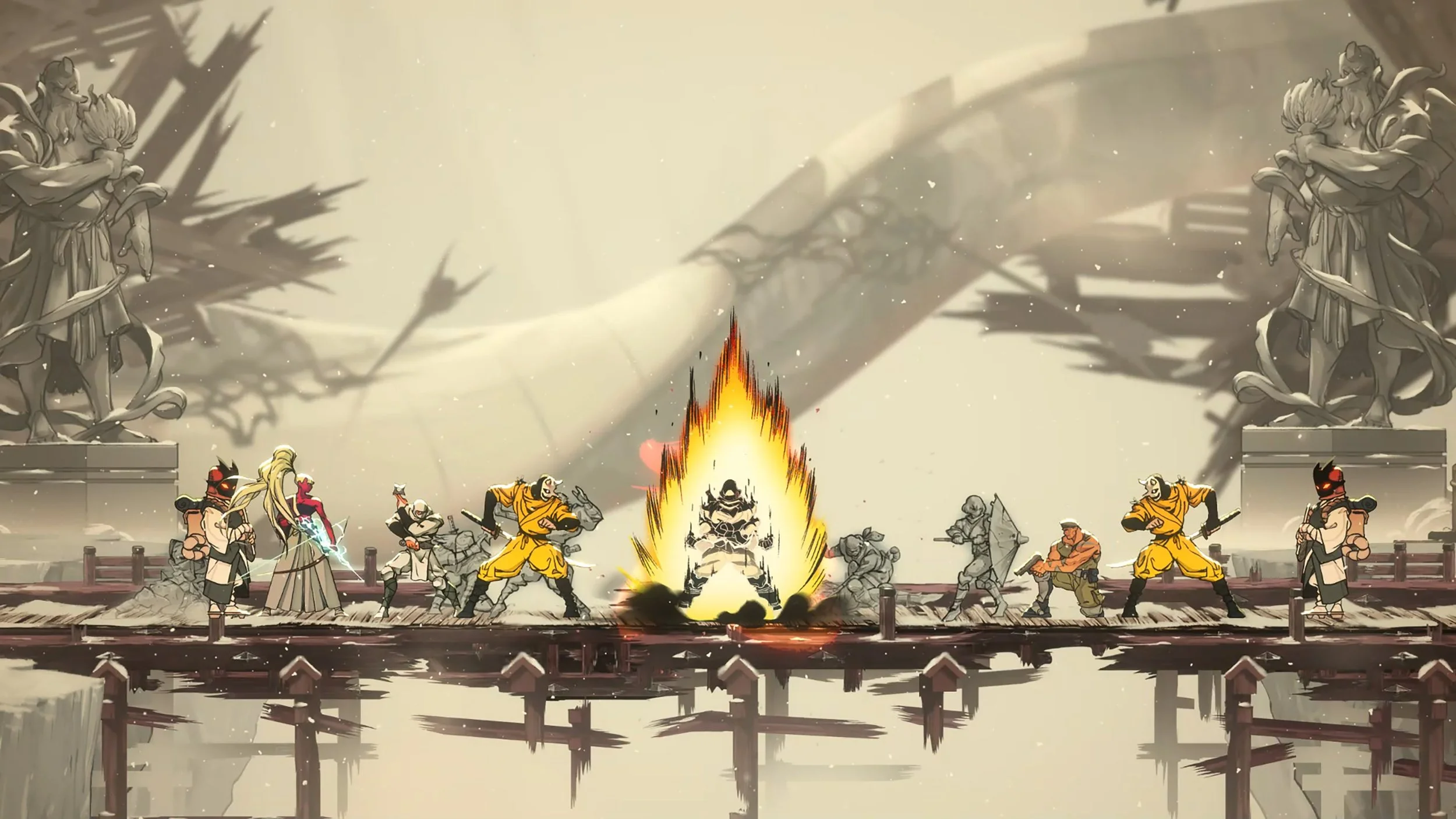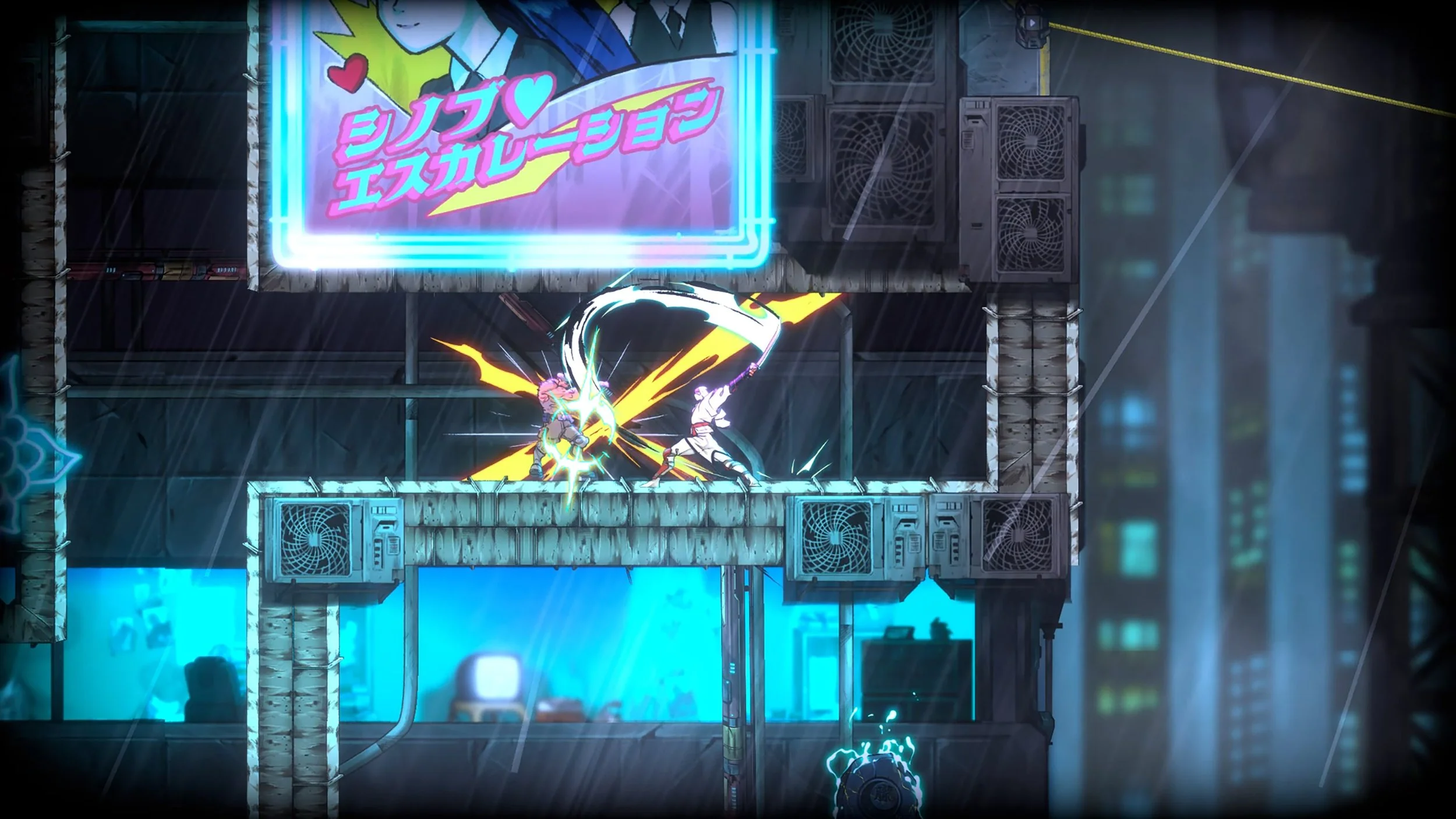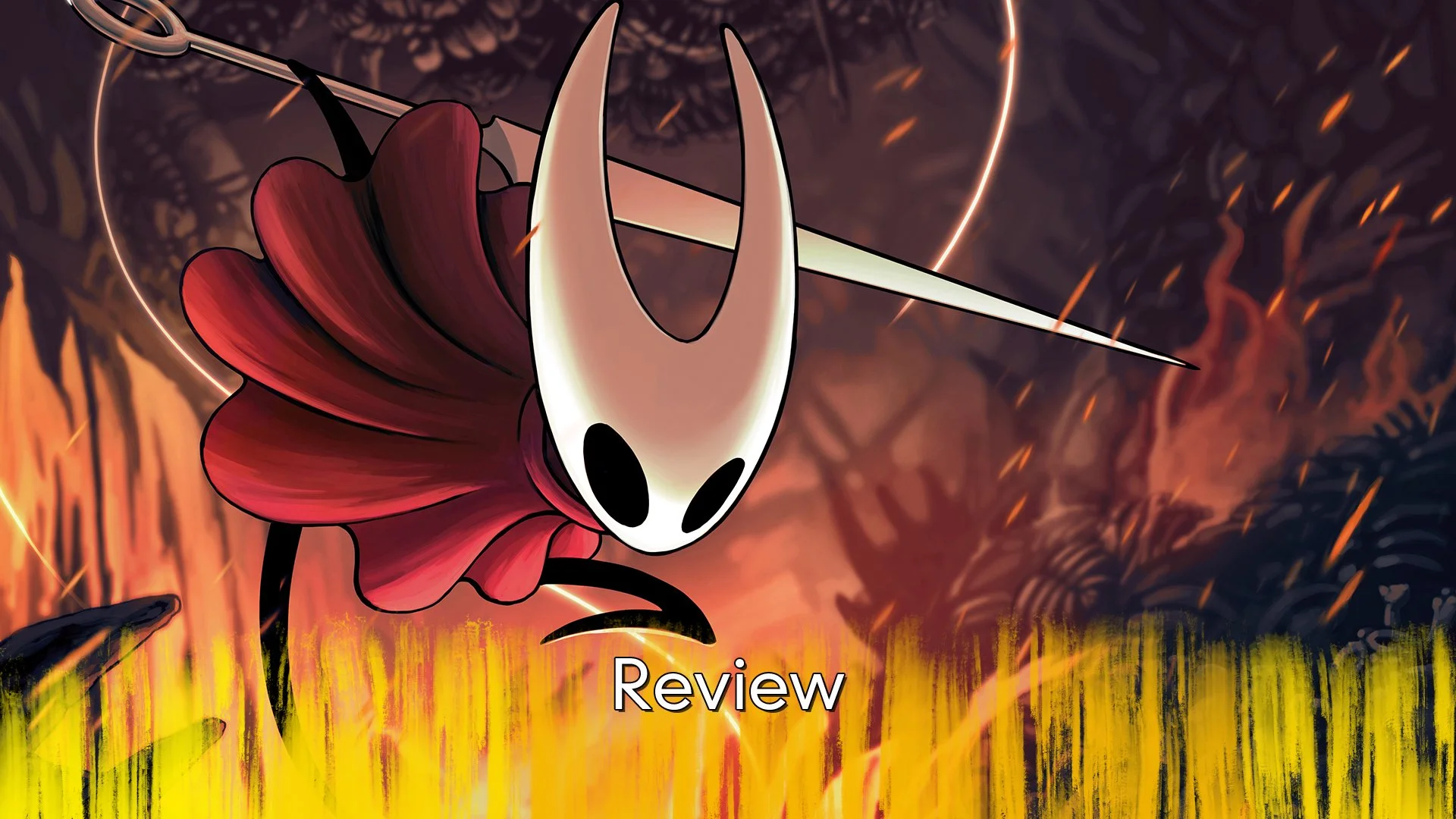Shinobi: Art of Vengeance - Review

If you grew up playing games from the 90s, you’ll likely remember the Shinobi games. When all the rage was martial arts, such names as Steven Seagal and Jean-Claude Van Damme were huge, Shinobi was definitely up there in the games world. That said, it has been quite a few years now since a Shinobi game has been released. If you’re familiar with the Hollywood types of films where they’ve taken a somewhat traditional martial arts character and skill and placed them in the modern times, this is exactly what Shinobi: Art of Vengeance is. To put it simply, it’s a modern action platformer with a 90s old-school narrative. The question is, does it come at the cost of it being cringy and dated? Keep reading to find out.
First off, and without giving too much away, this Shinobi game’s narrative is exactly what it has in its title. Vengeance… revenge… the stereotypical motive for our main protagonist, Joe Musashi. Not only is there a threat by the main antagonist, Ruse, who takes his team of villains to pillage your home and destroy the Oboro Clan who Joe is the leader of, but he also wants to take over the world. If that’s not Hollywood 90s enough, Ruse has his ‘henchmen’ doing his bidding, and yes, you’ve guessed it, his henchmen are each level’s final boss. So, you will need to fight them, before moving on to face the big bad himself. One thing that’s great and interesting is the use of a previous boss from one of the older Shinobi games. There are even references and dialogue from their previous battle. So, it was definitely great to see these call back to the 90s, which are obviously included on purpose, and should be highlights for those kids who grew up in the 90s (yes, I’m looking at you Millennials).
With the main goal of reaching Ruse himself being your reason to push forward, you’ll have to go through his military organisation known as the ENE Corp. Yup, you’re fighting soldiers with modern weapons, and some traditional Japanese type villains and ninjas. Perhaps the most cliche thing is, you’ll join forces with a couple of unlikely characters. All these narrative drops can definitely be seen a mile away and are used to just keep the story and gameplay going, but what doesn’t turn stale too fast is the gameplay.
Before getting into the gameplay itself, one thing to call out with Shinobi: Art of Vengeance is the art style itself. It’s visually fantastic, similarly to Okami in that it has a digital painted line art. It really does look like the art was made with a brushstroke. Coupled with its smooth and fluid animated movements, the game definitely feels like a modern take on the visual design of the 90s classic Shinobi. When character art pops up during dialogues being played, the art is great and has a bit of a comic stylistic exaggeration, which reminded me a little of Joe Madureira’s artwork during his run in Battle Chasers. There’s definitely a lot of effort put into the visual design of the game.
The gameplay itself is exactly what you’d expect from a side scrolling action platformer. You go through areas full of enemies and defeat them to push on and expand the area, which you can look up on your map to see where you’ve gotten to, and any potential secret areas you might have missed. As expected, there are certain areas where you’re not able to get too early in the game due to the lack of certain abilities (known as Ningi) which you end up unlocking or attaining. With most action side scrolling platformers, these are typically claws to scale certain types of walls, grappling hook to be able to swing across areas covered in spikes, and a glider that lets you slowly float too far away platforms.
One thing that Shinobi does differently from the likes of the modern-day platformers such as Hollow Knight, the Ori series or even Animal Well, is that it is broken up into distinct levels. Each level has its own unique theme, which lets each location stand out on its own, rather than being the sum of a whole. This eliminates the possibility to forget where certain areas are if you want to get back to it. It also makes it much harder to get lost, because you won’t mix up Oboro Village with the Fish Market. But at the same time, it lacks the vast exploration feeling that giant maps provide. One thing to keep an eye out for in the map are areas that have been colour coded purple, which usually represents a bit of a difficult platforming challenge. Complete the challenge and you will get access to a treasure chest that holds either items such as gold coins, or Oboro clan relics to unlock extra purchasable moves or skills. Speaking of purchasable items, there’s a shopkeeper that can be found around the place, giving players the opportunity to use their gold and relics throughout each level.
In addition to these challenges and secrets, players will also find in each of the maps locations know as Ankou Rifts. These rifts send you into another dimension, complete with challenges in the form of difficult areas to get through, similarly to indie game Celeste, or to fighting challenges where you fight to survive waves of enemies just to name a couple. There is one rift to be found across each level, rewarding you with a broken Dark Katana piece, should you survive.
One thing that most action platformers have in common is building up your abilities over time, and in the game, it is about adding combat moves, such as dive kick, kunai throw, and more. You also have access to special attacks, called Ninpou, but in order to activate them you need to defeat enemies in order to charge it up. There are a number of amulets that you can collect, letting you change your moves around, even allowing full passive or aggressive options. Based on the special moves you have and the amulets you select, your build might be quite a bit different to a mates, which is such a great way to replay the game. Some of them allow for a more aggressive playstyle, but those harder hitting attacks come at the cost of needing more enemies slain in order to use them. Depending on your gaming dexterity, even worrying about the charging of the amulets might be secondary to just surviving, as the game can be challenging at times.
Lastly, there are four full screen special attacks known as Ninjitsu to be collected, which are definitely helpful to your arsenal as they are healing attacks. Not only that, but the animation when used looks amazing as they have different elements such as fire, electricity, water and earth.
Overall, Shinobi: Art of Vengeance is exactly what you’d expect from an action side scrolling platformer. Most of the gameplay beats like upgrading your weapons, moves, and attaining special attacks are all expected, but are just done so well here. Even having a map to explore is kind of standard for this genre. The difference is that it’s broken up into different levels opposed to one giant map. A pro for this approach, it means you’ll be less likely to forget where certain items, such as chests and areas are, but on the con side, it could lower the feeling of free exploration.
Regardless, there’s definitely something for all action platforming fans and though the storyline is definitely cheesy most of the time, the art and smoothness of the gameplay makes it a pleasure to control Joe Musashi. This really shines through when you get into a high hit count encounter, that satisfaction of combining attacks to engage multiple enemies just feels marvellous. The game itself takes an average of 15 hours to get through, if you’re happy not to 100% every level and there is more to play post-story completion. One thing that’s for sure; this game is not one that’s extremely difficult or a major challenge, but is still rewarding for those who embrace the ninja way.
The Score
8.0
Review code provided by Sega
The Pros
Fantastic art style and design
Satisfying attack combination and hit count
Pays homage to the 90s Shinobi games
The Cons
Storyline is a little dated and cheesy (clearly from the 90s)
Overall game isn’t very long
Could do with a little more challenge










